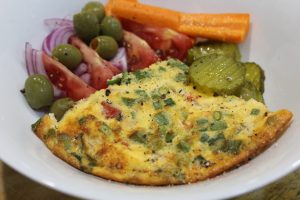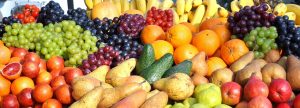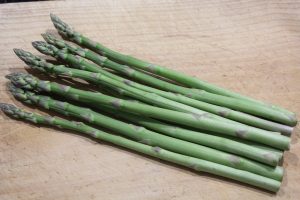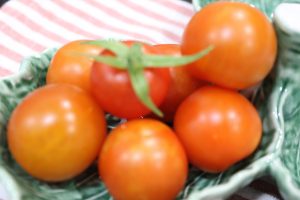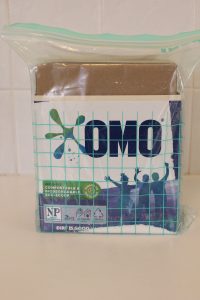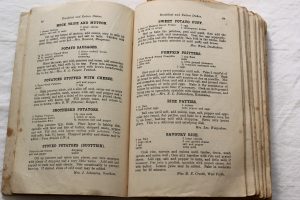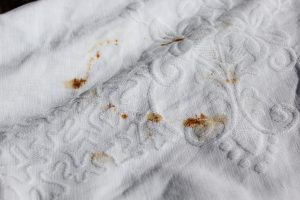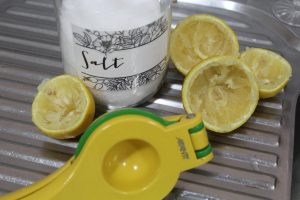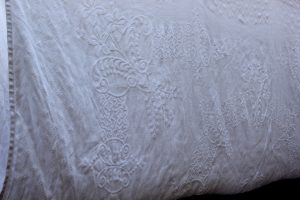making
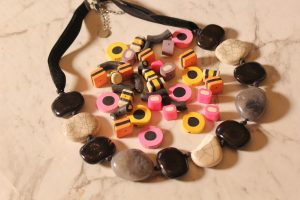

The collection of beads used to make a new necklace. The (sadly) broken white bead was right at the front.
When I was a junior primary teacher, my necklace made from these faux pieces of licorice allsorts was a bit of a hit. Not so much now when I go out to mahjong or shopping and certainly not at yoga! Then I bought a black and white striped shirt. Eying off my necklace collection inspiration struck and I knew I could reuse some of the licorice allsorts pieces and bigger beads from a necklace I dropped on the floor. One of the pieces broke on impact. I wore that necklace often, so hunted down a replacement. Now I will reuse pieces from the original.


Put the large beads from the broken necklace and pink pieces of licorice allsorts and smaller black pieces together. Changed things around a few times. Then I made the new necklace. I already had the string and the catch for this new necklace. There may be more soon. My elderly neighbour can’t be bothered with necklaces or earrings anymore and has given me several necklaces made from glass beads. Very pretty and ripe for reusing.


sourdough
I’ve been making sourdough bread years. My first sourdough starter died when we were away for a long period but the replacement has been bubbling away happily for a long time. Until it didn’t look sprightly at all. Read lots of articles abut reviving runny starter. Followed the instructions and fed it twice, using more flour than water, let it rest between each feeding and it’s back to normal. I will make a loaf tonight and bake it in the morning.


Most online examples of sourdough loaves are boulés, round balls, and are baked in a Dutch oven. I make my loaves in a loaf tin as this results in slices of similar size, which I prefer.
Sourdough baking appeals to a wide range of people. Reading some of the advice was daunting but I found an easy method which worked. Sourdough bakers who post online are totally passionate about their bread and jump through all sorts of hoops to make it and some, like me, use the same recipe and are happy with the outcome.


The newly ‘recovered’ sourdough starter made a very good loaf of bread.
There’s so many recipes for using the discard from feeding the starter and so many for adding things to the bread, too, but what really caught my attention was the names people give their starters! One blog lists 160 potential names, some very funny. Another list included Must-Tang-Sally, Lazarus, Doughkey Pokey, Festus and Sour Seymour. Mine is called The Flour Child!
other things
I’ve read two books this week. I spend quite a bit of time waiting while my husband has treatments and also, there’s not much on TV. Currently we are watching on ABC iview The Secret History of the English Garden. Monty Don is the commentator and it is one of many programs about gardens he’s has visited. It is very interesting and he is a born storyteller. Really enjoying it and learning a lot about the role of gardens in history. Also seeing some amazing gardens.
The first book I read was The Night We Lost Him written by Laura Dave. Like her previous book I wrote about The Last Thing He Told Me, this is a book about lies, intrigue and the secrets of successful men. The families left behind struggle to find out what really happened. A great read.
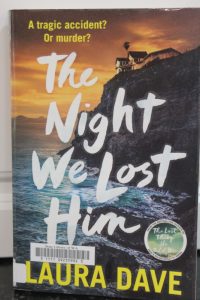

The second book written by Nadine Williams, an Australian journalist, is about her third marriage (having vowed to never marry again) and how it led her to France. From France With Love, A Story With Baggage details how she met Oliver, how they traveled together to France and then try to sort out their cultural differences on a road trip around the country. I seem to be attracted to books about visiting France, living in France, renovating in France….I enjoyed this book . It is funny, sad and informative. I am looking online for her second book.


Tim Spector’s book Food For Life which I wrote about a few weeks ago makes alot of sense. A diverse diet results in a healthy gut but I’m struggling to eat thirty different foods every week. I was relieved when I read spices and herbs count as different foods as that got me a bit closer to goal. Close but not perfect.


Meanwhile, I have picked my first tomato of the season. Two days later there were many ripe ones. Delicious. Do you grow any food?


